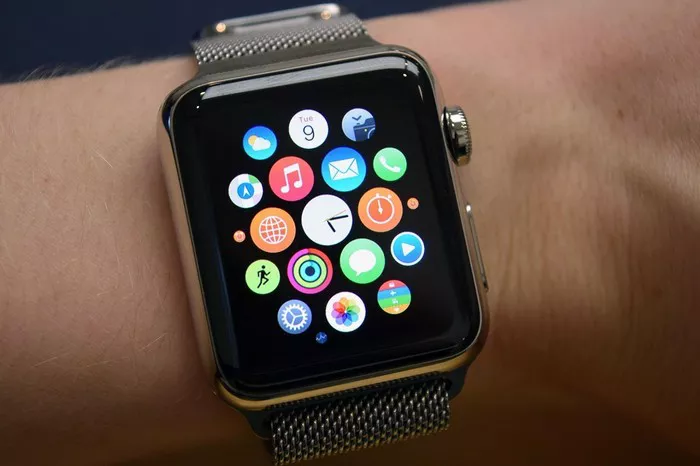In the realm of wearable technology, the Apple Watch stands as a versatile companion, seamlessly integrating into our daily lives. As users explore the device’s capabilities, a common question arises: Can I shower with my Apple Watch? In this exploration, we delve into the water-resistant features, considerations, and potential impacts of exposing your Apple Watch to water, providing insights for users navigating the balance between convenience and device care.
1. Understanding Water Resistance Ratings:
Water Resistance vs. Waterproof: The distinction between water-resistant and waterproof is crucial. While water-resistant devices can withstand some exposure to water, they are not impervious to it. The Apple Watch falls into the water-resistant category.
Water Resistance Ratings: Apple Watch models come with different water resistance ratings, denoted in meters. Series 2 and later are designed with water-resistant capabilities, enabling them to withstand water-related activities to varying degrees.
2. Water Resistance Levels of Apple Watch Models:
Series 1: While not designated as water-resistant, Series 1 Apple Watches may withstand splashes, but prolonged exposure to water is not advisable.
Series 2 and Later: These models are equipped with improved water resistance, with ratings ranging from 50 meters for swimming to 50 meters or more for shallow water activities.
3. Showering with Your Apple Watch:
Consideration for Soap and Shampoo: While the Apple Watch is designed to resist water, the presence of soap and shampoo in the shower introduces additional elements. These substances can potentially affect the water resistance over time, and it’s advisable to rinse the watch thoroughly after exposure.
Hot Water Impact: Hot water, often used in showers, can cause the materials in the Apple Watch to expand. While occasional exposure to hot water may not pose a significant risk, prolonged exposure could impact the device’s water resistance.
4. Risks and Precautions:
Avoiding High-Pressure Water: Water resistance ratings for the Apple Watch are based on still or gently moving water. High-pressure water, such as that from a showerhead, can exceed the designed resistance and compromise the device.
Temperature Extremes: Extreme temperatures, whether hot or cold, can impact the materials of the Apple Watch. Avoid exposing the device to sudden temperature changes, such as moving from a hot shower to a cold environment.
5. Maintenance and Post-Shower Care:
Rinsing and Drying: After showering with your Apple Watch, it’s crucial to rinse it thoroughly to remove any soap or shampoo residue. Dry the device gently with a clean, soft cloth.
Avoiding Steam Rooms and Saunas: While the Apple Watch is water-resistant, steam rooms and saunas introduce high temperatures and humidity, which can exceed the device’s designed capabilities. It’s advisable to avoid wearing the watch in such environments.
6. Water Lock Feature:
Activating Water Lock: Apple Watch features a Water Lock mode that prevents accidental taps and inputs when in water. This mode can be activated manually or automatically when the watch detects water.
Disabling Water Lock: After exposure to water, ensure that you disable Water Lock to regain full functionality. This prevents inadvertent disruptions to the watch’s features.
Conclusion:
While the Apple Watch is designed with water-resistant features, showering with it requires thoughtful consideration. Understanding the device’s water resistance rating, the impact of soap and shampoo, and the potential risks associated with high-pressure water or extreme temperatures is essential. By adhering to recommended practices, including rinsing, drying, and utilizing the Water Lock feature, users can strike a balance between the convenience of wearing their Apple Watch in the shower and ensuring the device’s longevity. As technology evolves, user education remains a pivotal aspect of maximizing the benefits and preserving the functionality of our beloved devices.

